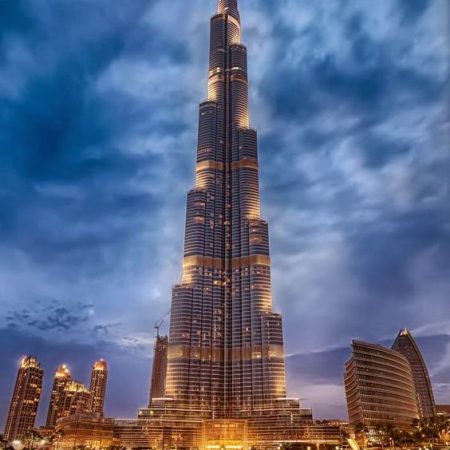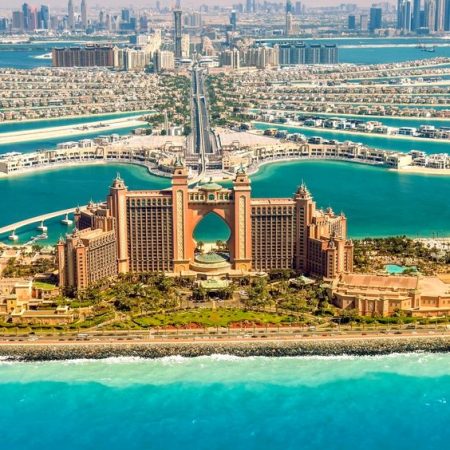Why Dubai
Dubai has a lot to offer, from an unparalleled luxury for the world’s jet setters to business and investment opportunities. But Dubai is also a big tourist attraction. In addition, Dubai is an important economic and physical hub between Europe, Asia, and Africa. What characterizes this metropolis in the United Arab Emirates?
History
For years, Dubai was only a small fishing village off the coast of the Arabian Peninsula. Income came mainly from fishing and partly from selling pearls (which arose from pearl diving) to Asian countries. In the 1960s, oil was discovered near Dubai, causing a massive growth for Dubai, and in 1971 it became an official state and part of the United Arab Emirates. Together with Abu Dhabi, Dubai provided huge revenues for the Emirates, and the sky was the limit.
At the beginning of the 20th century, about 10,000 people lived in Dubai. The most populated area of Dubai was Deira, where mainly Arabs and Persians lived. In Bur Dubai, the old town of Dubai that is now made up of primarily sights and attractions, Indians mainly settled. While fishing and pearl diving were once the main sources of income, Dubai now had to find new revenue sources due to the great global economic depression. Re-exporting was the way to boost trade. Goods were imported or smuggled to Dubai, where they were further traded.
In 1951, the ‘Trucial states council’ was established, which was the predecessor of the United Arab Emirates. Around that same time, modern Dubai was taking shape as well.
Modern Dubai
The city’s first skyscraper was the Dubai World Trade Center, built in 1978. It was the tallest structure in the Middle East at that time. It was not until much later, during the 1990s, that increasingly larger construction projects started to arise. Yet it is only since 2005 that more and more skyscrapers were getting built.
Of all cities in the world, Dubai has the most buildings over 300 meters tall and the most buildings over 200 meters tall. And these high buildings are continuously being built. Dubai’s impressive skyline is dominated by the Burj Khalifa, the tallest building in the world at 828 meters tall.
In addition to skyscrapers, Dubai is also characterized by the various artificial palm islands situated on the coast. The Dubai Waterfront is built in a semicircle around one of those islands, consisting of ten main sectors, including Madinat Al Arab, with 522 hectares divided between the Veneto and Badrah districts comprised of apartments, malls, and villas. In addition to the palm islands, ‘The World’ is developed. These are a series of artificial islands in the shape of the world with its different continents.


Services
Dubai is known for its unparalleled luxury and amenities. But apart from all the luxury hotels, restaurants, apartments, and leisure options (such as the world’s largest shopping mall), Dubai is also an important hub with associated facilities. For example, Dubai Airport is one of the largest airports in the world, and the two ports of Dubai are also very impressive; the port of Jebel Ali is the largest man-made port in the world, the largest port in the Middle East, and one of the ten busiest ports in the world.
Bel met onze makelaars.
Email ons.
Blijf up-to-date

Al Messaned – Al Mitsannid – Sharjah
Phone number Nederland +31 648 20 3197
Phone number Dubai +971 (0) 52 39 64 560
Info@JWRealestateDubai.com